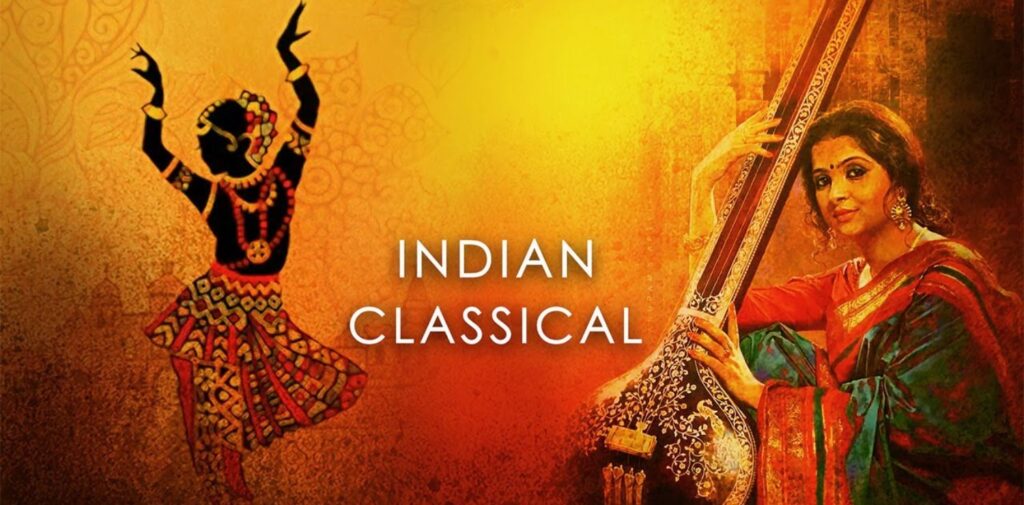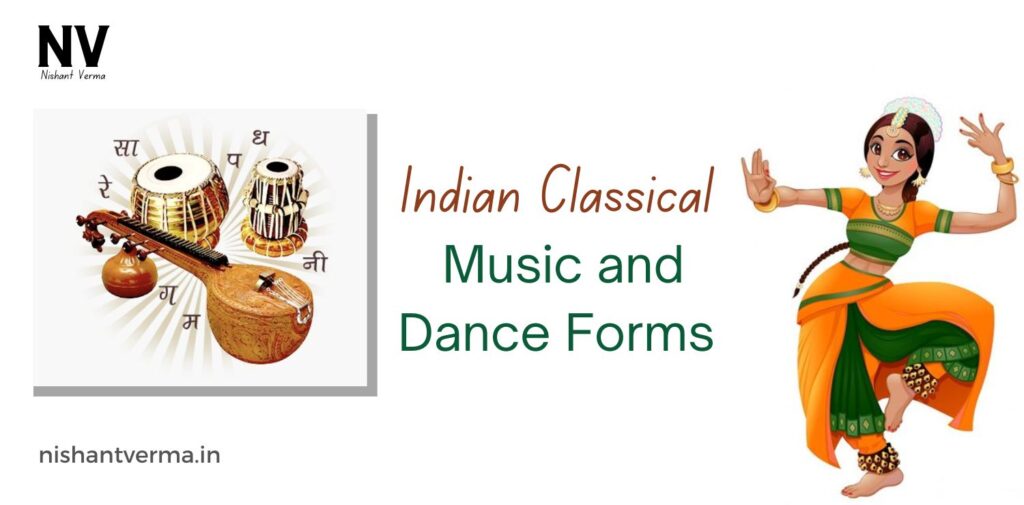India is a land of diverse cultures, traditions, and art forms. Among its most cherished treasures are classical music and dance, which are not just art forms but also vital parts of the country’s spiritual and cultural identity. The richness of Indian classical music and dance forms offers a captivating journey through history, emotions, and artistic expression.
A Symphony of Sounds: The Essence of Indian Classical Music
Indian classical music can be broadly classified into two main traditions: Hindustani and Carnatic. Each of these traditions has its own unique characteristics and styles, yet both share deep roots in ancient Indian philosophy and spirituality.
Hindustani Music: The North Indian Tradition
Hindustani music, primarily found in North India, is characterized by its improvisational nature. It uses ragas, which are melodic frameworks that convey specific emotions and moods. Each raga is associated with a particular time of day or season, enhancing the listener’s experience. The performance typically includes a combination of vocal and instrumental music, with instruments like the sitar, tabla, and harmonium playing vital roles.

Carnatic Music: The South Indian Tradition
Carnatic music, on the other hand, is the classical music of South India. It is known for its structured compositions and the importance placed on vocal music. The music features intricate rhythms and is performed in a concert setting. Instruments such as the veena, mridangam, and flute are commonly used. Carnatic music also emphasizes the use of lyrics, often drawn from devotional themes.
The Importance of Ragas and Talas
Both traditions use a system of ragas (melodies) and talas (rhythmic cycles) to create music that is deeply expressive. Ragas allow musicians to explore a wide range of emotions, while talas provide a rhythmic foundation that enhances the overall musical experience. This intricate relationship between melody and rhythm makes Indian classical music a unique art form that resonates with listeners on multiple levels.

Dance: The Movement of Emotions
Just like music, Indian classical dance is rich and diverse, with various forms that each tell a story or convey emotions. These dance forms are often interwoven with music, creating a holistic artistic experience.
- Bharatanatyam: The Dance of Tamil Nadu: Bharatanatyam is one of the oldest classical dance forms in India, originating in the temples of Tamil Nadu. It is known for its graceful movements, intricate footwork, and expressive facial gestures (abhinaya). The dance tells stories from Hindu mythology and often includes themes of devotion, love, and the divine.
- Kathak: The Storytelling Dance: Kathak, originating from North India, is characterized by its narrative style and rhythmic footwork. Dancers often tell stories through expressive movements and intricate spins. Kathak has both classical and folk influences, and its themes often revolve around love, devotion, and social issues.
- Odissi: The Dance of Odisha: Odissi is a graceful dance form that originated in Odisha. It features fluid movements and intricate poses, often depicting religious themes and the beauty of nature. The dance is known for its use of the “tribhangi” posture, where the body is divided into three bends, creating a beautiful visual effect.
- Kathakali: The Theatrical Dance: Kathakali, a dance-drama from Kerala, combines music, dance, and elaborate costumes to tell epic stories, often from the Mahabharata and Ramayana. The performers use facial expressions and hand gestures (mudras) to convey complex narratives, making it a truly immersive experience.
The Cultural Significance of Music and Dance
Indian classical music and dance are more than just forms of entertainment; they are integral to Indian culture and spirituality. They serve as mediums for storytelling, expression of devotion, and preservation of heritage.
- Spiritual Connection: Many classical music and dance forms are rooted in spirituality. They are often performed in temples or during religious festivals, where the aim is to connect with the divine. The use of ragas in music is believed to create an atmosphere conducive to meditation and introspection.
- Preservation of Tradition: Indian classical music and dance have been passed down through generations, often through oral tradition. Gurus (teachers) play a crucial role in preserving these art forms, imparting knowledge and skills to their disciples. This passing down of tradition not only keeps the art alive but also fosters a deep sense of community and connection among practitioners.
- Emotional Expression: Both music and dance are powerful means of emotional expression. They allow artists to convey their feelings and connect with audiences on an emotional level. Whether it’s the joy of love depicted in a dance or the melancholy of a raga, the emotional depth found in these art forms resonates deeply with listeners and viewers.

Modern Adaptations and Global Influence
In recent years, Indian classical music and dance have gained international recognition. Artists have begun to blend traditional forms with contemporary styles, creating new and exciting interpretations that attract diverse audiences.
- Fusion with Other Genres: Musicians and dancers are increasingly experimenting with fusion, incorporating elements from Western music, jazz, and contemporary dance. This blending of genres not only breathes new life into classical forms but also reaches younger audiences who might not be familiar with traditional practices.
- Global Platforms: With the advent of technology and social media, Indian classical music and dance have found global platforms. Online performances, virtual classes, and international collaborations have made it easier for artists to share their craft with a worldwide audience. Festivals and workshops across the globe celebrate these art forms, promoting cultural exchange and appreciation.
Conclusion: Indian Classical Music and Dance Forms
The rich heritage of Indian classical music and dance forms is a testament to the country’s artistic and cultural legacy. These art forms not only reflect the diverse tapestry of Indian society but also serve as a bridge connecting past, present, and future. Whether through the intricate rhythms of a raga or the graceful movements of a dancer, Indian classical music and dance continue to inspire, educate, and entertain, making them timeless treasures of human expression. As we explore and celebrate this rich heritage, we foster a greater appreciation for the beauty and depth of Indian culture, ensuring that these art forms endure for generations to come.




